The Enten headphones, which uses a smartphone app, have been developed by US firm Neurable. They can create music playlists based on which songs seem to help the user concentrate dailystar.


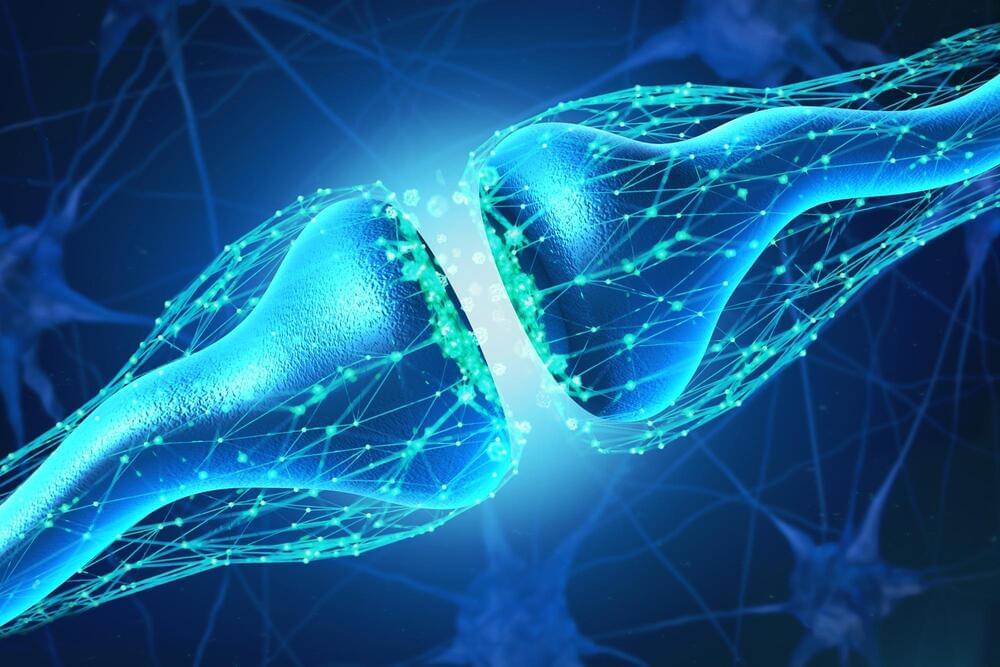
Researchers have developed a brain-like computing device that is capable of learning by association.
Similar to how famed physiologist Ivan Pavlov conditioned dogs to associate a bell with food, researchers at Northwestern University and the University of Hong Kong successfully conditioned their circuit to associate light with pressure.
The research will be published today (April 30, 2021) in the journal Nature Communications.

A new study found that perfectionist thinking patterns contributed to posttraumatic stress disorder (PTSD) and generalized anxiety disorder (GAD) symptoms, over and above several known control variables. The findings were published in Cognitive Behaviour Therapy.
Perfectionism involves a desire to perform to the highest standards without allowing room for failure. People with perfectionist beliefs tend to be overly self-critical and put pressure on themselves to perform flawlessly at all times. While perfectionism is often seen as a favorable trait, the attribute has been linked to numerous anxiety disorders such as obsessive compulsive disorder (OCD) and social anxiety disorder (SAD).
Researchers have recently begun exploring the thought patterns that characterize perfectionism — called perfectionist cognitions (PC). As study author Jeremy Tyler and his team say, perfectionist cognitions include expectations about achieving perfection such as, “I can’t stand to make mistakes.” These cognitions have been linked to dysfunctional mental health symptoms like obsessions, distress, and anxiety. However, these associations have yet to be explored among a clinical population.
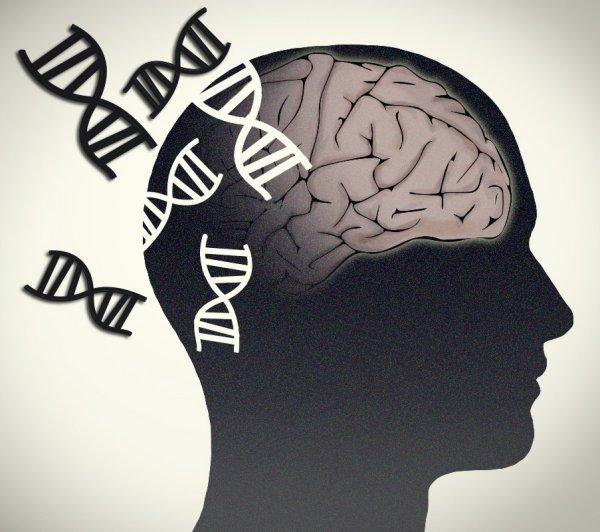
An acquired mutation in the cancer-causing gene PIK3CA can make blood vessel malformations in the brain worse, possibly explaining why these abnormal clusters sometimes rapidly increase in size and cause stroke or seizures, shows new research.
Research from the University of Pennsylvania and Duke University shows an acquired mutation in the cancer-causing gene PIK3CA can trigger uncontrolled growth in cerebral cavernous malformations often leading to strokes or seizures in those affected.
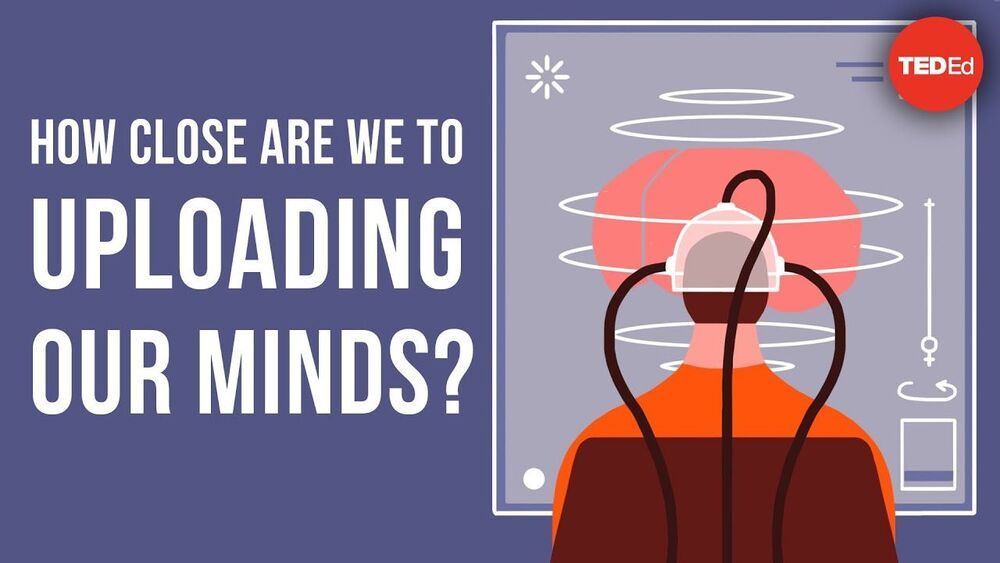
It points out that to measure down to the synapse the energy needed would melt the tissue of your head.
Investigate the possibility of scanning the human brain and uploading our minds and consciousness to a digital world.
Imagine a future where nobody dies— instead, our minds are uploaded to a digital world. There they could live on in a realistic, simulated environment with avatar bodies, calling in and contributing to the biological world. Mind-uploading has powerful appeal— but what would it actually take to scan a person’s brain and upload their mind? Michael S. A. Graziano explores the challenges.
Lesson by Michael S. A. Graziano, directed by Lobster Studio.
Animator’s website: https://www.lobsterstudio.tv.
Sign up for our newsletter: http://bit.ly/TEDEdNewsletter.
Support us on Patreon: http://bit.ly/TEDEdPatreon.
Follow us on Facebook: http://bit.ly/TEDEdFacebook.
Find us on Twitter: http://bit.ly/TEDEdTwitter.
Peep us on Instagram: http://bit.ly/TEDEdInstagram.
View full lesson: https://ed.ted.com/lessons/how-close-are-we-to-uploading-our-minds-michael-s-a-graziano.
Thank you so much to our patrons for your support! Without you this video would not be possible! João Henrique Rodrigues, Sebastiaan Hols, Aries SW, SANG HAN, Amy Lopez, ReuniteKorea, Vinh-Thuy Nguyen, Liz Candee, Clovis Norroy, Danielle Downs, Nik Maier, Angel Pantoja, Nishant Suneja, 张晓雨, Srinivasa C Pasumarthi, Kathryn Vacha, Anthony Arcis, Jeffrey Segrest, Sandra Fuller Bocko, Alex Pierce, Lawrence Teh Swee Kiang, BRENDAN NEALE, Jane White, Karmi Nguyen, John C. Vesey, Yelena Baykova, Harshita Jagdish Sahijwani, Won Jang, Nick Johnson, Tariq Keblaoui, Carlos H. Costa, Eimann P. Evarola, Aleksandr Lyozin, Mohamed Elsayed, Alan Wilder, Marcus Appelbaum, Francisco Leos, Kevin O’Leary, Les Howard, Ten Cha, Mehmet Yusuf Ertekin, Arlene Weston, phkphk123321, Jennifer Kurkoski, Ryan B Harvey, Austin Randall, Abhishek Bansal, Jayant Sahewal, Dian Atamyanov and igor romanenko.
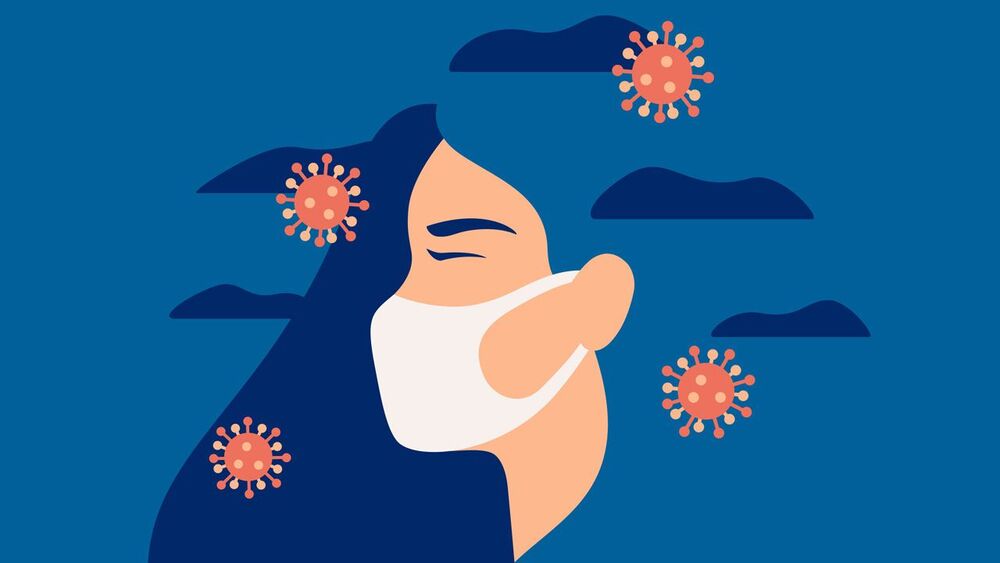

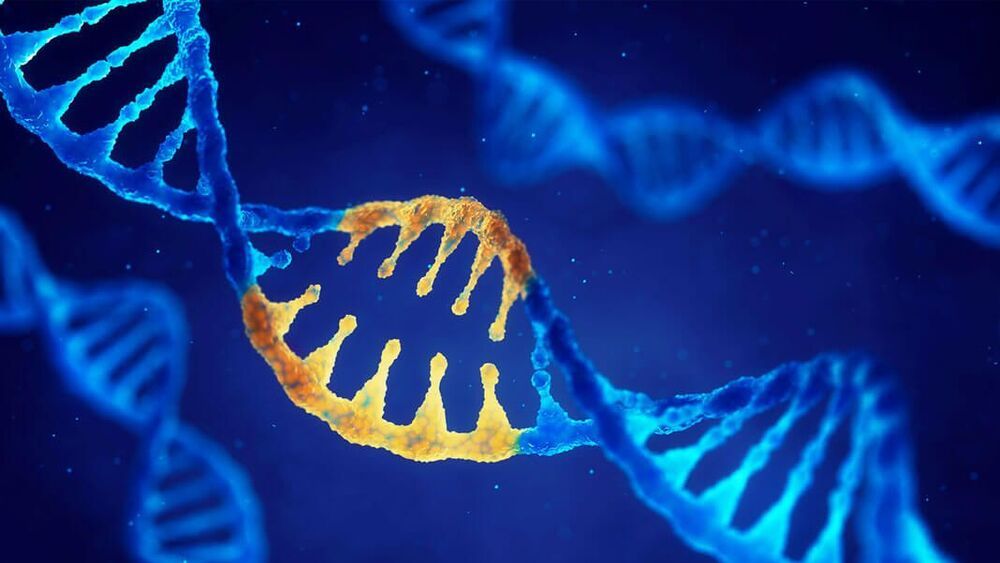
Why not add a light switch instead?
This month, a team from the University of California, San Francisco (UCSF) reimagined CRISPR to do just that. Rather than directly acting on genes—irrevocably dicing away or swapping genetic letters— the new CRISPR variant targets the biological machinery that naturally turns genes on or off.
Translation? CRISPR can now “flip a light switch” to control genes—without ever touching them directly. It gets better. The new tool, CRISPRoff, can cause a gene to stay silent for hundreds of generations, even when its host cells morph from stem cells into more mature cells, such as neurons. Once the “sleeping beauty” genes are ready to wake up, a complementary tool, CRISPRon, flips the light switch back on.

All brains shrink with age, and the dominant view has been that more education slows the rate of shrinking. However, the evidence has been inconclusive because studies have not been able to track the rate of change over time. Until now.
Measured brain shrinkage over time
A team of researchers measured brain aging by measuring the volume of the cortical mantle and hippocampus regions of the brain, in MRI scans from more than 2000 participants in the Lifebrain and UK biobanks. These areas of the brain are prone to shrinkage over time, as a natural part of aging. Participants’ brains were scanned up to three times over an 11 year period, in what is known as a ‘longitudinal’ study.
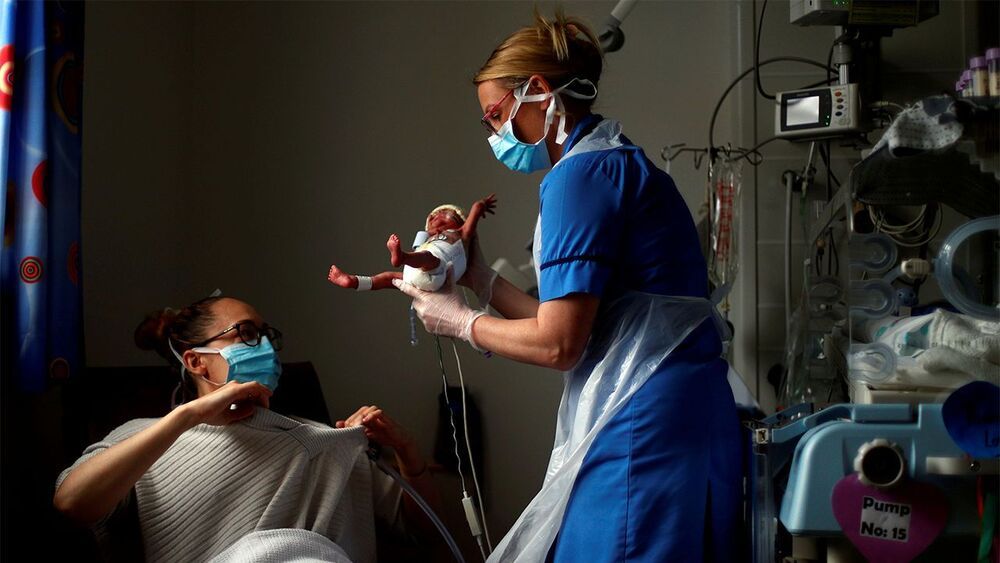
The study also linked COVID-19 to a 60% to 97% increased rate of preterm birth, and— in infected women with a fever and shortness of breath—to a fivefold increase in neonatal complications such as immature lungs, brain damage, and eye disorders. About 13% of babies tested positive for the virus, and cesarean delivery was linked to a higher risk of transmission. Breastfeeding didn’t appear to transmit the virus—a small bit of good news.
New study bolsters the case for vaccinating pregnant women.